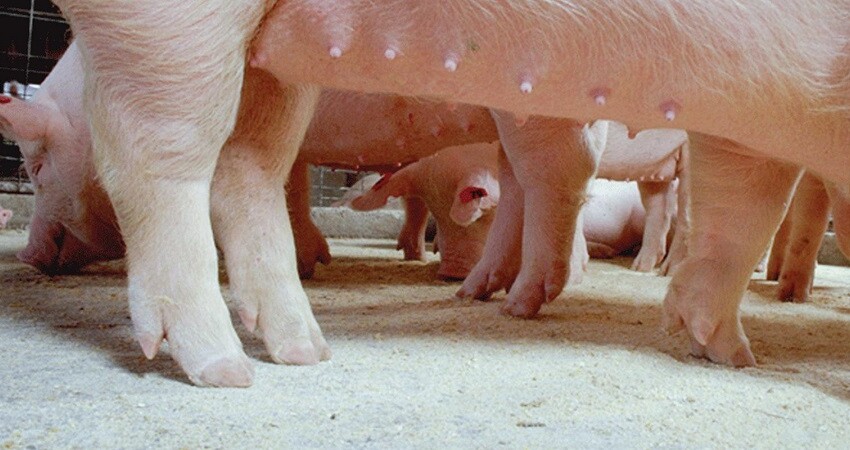

Hoof trimming is vital to the health of any pig for a number of reasons. If your boar’s feet hurt, he’s not going to want to breed your sows, exercise to reduce constipation risks,won’t move out of messy areas that hold disease or feed as much as he should. Gilts and sows will be exposed to more pathogens, run more risk of constipation and isn’t in as good of shape when it comes farrowing time. Keeping hooves in great shape is an important part of pig farming.
The best time to start working with your pigs is right now. Piglets who have their hooves handled on a regular basis don’t flip out as much as they do if they haven’t been handled, and a calm piglet leads to a calm boar or sow when it comes down to hoof trimming time. You don’t really want to fight that full-grown pig for possession of its hooves, do you? It is far better to start young and keep them in the practice of getting their hooves trimmed.
The texture of hoof material is very much like cutting heavy plastic. You can use a knife to do the job, but it will tend to slide in one direction or the other and, by nature, is sharp on one end, meaning that you won’t want to have it around an unpredictable animal. A good pair of hoof trimmers with blunted ends and strong blades is a good place to start, but remember that the trimmers need to fit your hands as well.
For young pigs, a metal file or small wood or hoof rasp may be all you require to keep their hooves up, but as they grow older, more equipment is needed. Much like with sheep and goats, you’ll want to trim the hoof until it is even with the soft pad underneath. If your pig’s feet are badly overgrown, make these changes a little at a time, taking off no more than 1/2″ at a time. Don’t be afraid to scrape the gook off the back side of the hoof if it helps you see better.
Once you’ve got the hooves trimmed up, take a good look at them. If there is a split starting, file a small notch perpendicular to the end of the split to keep it from spreading. Put a little Hoof maker or other moisturizer on the hooves to prevent this problem from getting worse. If needed, the dewclaws can also be trimmed back. To make hoof trimming a chore that happens less often, put their waterer or feeders on top of concrete, which will naturally wear down the hoof instead of requiring as frequent trimmings.
 Contact Jaguza Support
Contact Jaguza Support